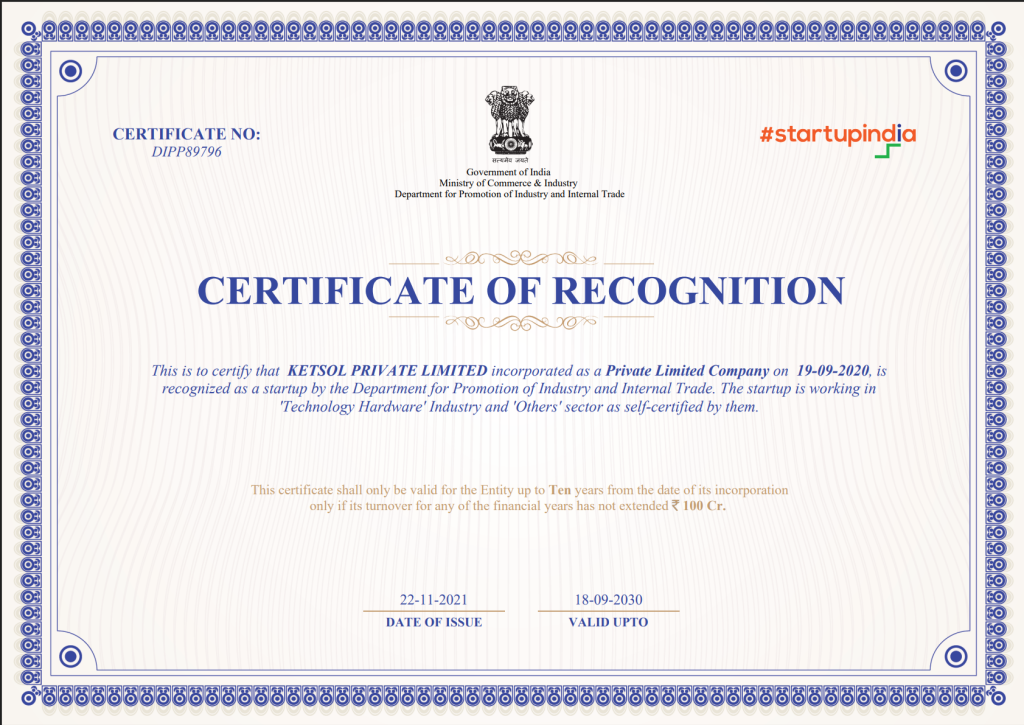Ketsol Manufacturing Suite (KMS) represents the next generation of industrial intelligence platforms, designed to transform how manufacturers harness, analyze, and leverage their operational data.
In an era where data is the new competitive advantage, KMS delivers the comprehensive infrastructure needed to drive operational excellence and strategic growth.
KMS empowers manufacturers with real-time insights and intelligent automation, turning data into actionable value. It streamlines operations, boosts efficiency, and drives innovation for sustainable growth in the digital age.

Our Vision
We envision a manufacturing ecosystem where data flows seamlessly, insights emerge instantly, and decisions are powered by intelligence. KMS stands at the forefront of this transformation, bridging the gap between traditional operations and the smart factories of tomorrow.
Strategic Imperatives
The modern manufacturing environment demands:
• Real-time operational visibility across entire value chains
• Predictive analytics for maintenance and quality control
• Compliance readiness with comprehensive audit trails
• Agile response to market demands and supply chain disruptions
• Data-driven sustainability initiatives
Enterprise-grade security protocols with role-based access control and audit logging
From pilot deployments to enterprise-wide implementations, supporting thousands of data points
Native connectivity with diverse industrial protocols (OPC UA, MQTT, Modbus, SQL, EtherNet/IP)
Redundancy and failover mechanisms ensuring 99.9% uptime
Real-time data processing with millisecond latency for critical operations
Your data stays in your control. KMS ensures secure, role-based access with deployment options that respect your data policies and compliance needs.
KMS distinguishes itself through
Deployment time cut by 80–90% using pre-built templates and intuitive interface
Reduced need for multiple software vendors, integration services, and specialized personnel
Advanced analytics, trend analysis, and machine learning algorithms for forecasting
Automated reporting, electronic records, and audit-ready documentation
Real-time KPI monitoring OEE (Overall Equipment Effectiveness) optimization
Early detection of equipment failures Minimizing downtime through data-driven maintenance schedule
